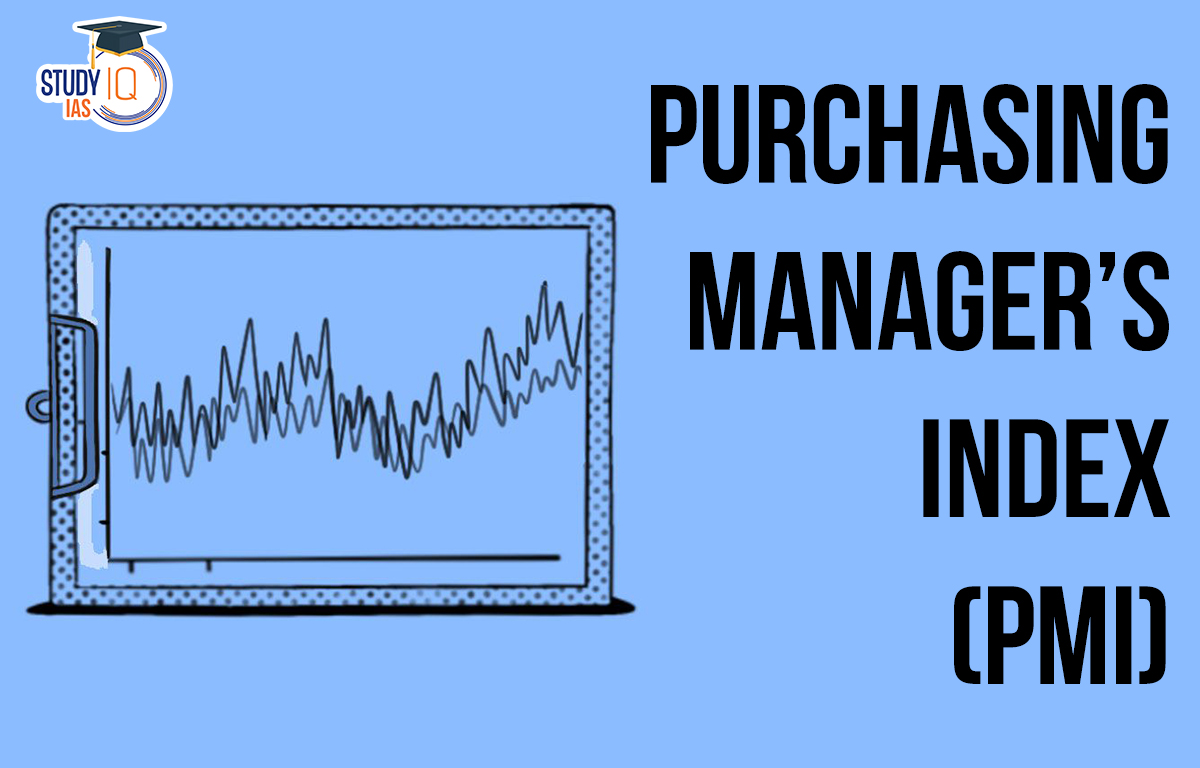Table of Contents
Purchasing Managers Index
The Purchasing Managers’ Index (PMI) is an economic indicator that measures the performance of the manufacturing and services sectors in India. It is based on monthly surveys of purchasing managers in various industries and provides insight into changes in output, new orders, employment, and other factors affecting business activity. The PMI is published by IHS Markit and is used by policymakers, investors, and businesses to monitor economic trends and make informed decisions.
Read about: Phillips Curve
Purchasing Managers Index Calculation
The PMI is calculated by surveying purchasing managers in various industries, who are asked about their perceptions of changes in key variables such as output, new orders, employment, inventory levels, and supplier deliveries. The survey respondents are asked to provide their responses on a scale of 0 to 100, with scores above 50 indicating expansion in the sector and scores below 50 indicating contraction.
The Purchasing Managers Index (PMI) has several components, including:
- Manufacturing PMI: This measures the performance of the manufacturing sector, including changes in output, new orders, employment, and inventory levels.
- Services PMI: This measures the performance of the services sector, including changes in business activity, new orders, employment, and backlogs.
- Composite PMI: This is a weighted average of the Manufacturing PMI and the Services PMI, providing an overall picture of economic activity in India.
Read about: Gini Coefficient
Purchasing Managers Index Importance
The Purchasing Managers’ Index (PMI) is a widely used economic indicator that has several uses, including:
- Business Decision-making: Companies use the PMI to make informed decisions about production levels, inventory management, pricing strategies, and other aspects of their operations.
- Investment Decisions: Investors use the PMI to gauge the health of the economy and to make investment decisions based on expected changes in business activity.
- Economic Forecasting: The PMI is used by economists and analysts to forecast future economic activity, including changes in GDP, employment, and inflation.
- Policy-Making: Policymakers use the PMI to monitor economic trends and to make decisions about monetary and fiscal policy, such as interest rates and government spending.
- Benchmarking: The PMI is used to compare the performance of different countries, regions, and industries, providing insights into relative strengths and weaknesses.
Read about: Lorenz Curve
Purchasing Managers Index Limitations
While the Purchasing Managers’ Index (PMI) is a widely used economic indicator, it has several limitations, including:
- Sample Size: The PMI is based on a survey of purchasing managers in a relatively small number of industries, which may not be representative of the entire economy.
- Sector Bias: The PMI is biased towards the manufacturing and services sectors, which may not accurately reflect the performance of other sectors, such as agriculture or construction.
- Subjectivity: The PMI is based on the subjective opinions of purchasing managers, which may be influenced by factors such as personal biases or company-specific circumstances.
- Lag Time: The PMI is based on data from the previous month, which may not reflect the most up-to-date economic conditions.
- Inflation: The PMI does not directly measure inflation, which can have a significant impact on economic growth and business activity.
- Geographical coverage: The PMI does not cover all geographical regions equally, which may limit its usefulness in some contexts.
- Methodology: The PMI methodology may change over time, which can make it difficult to compare data over different periods.
Read about: Purchasing Power Parity
Purchasing Managers Index UPSC
The Purchasing Managers’ Index (PMI) is an important economic indicator that is relevant to the UPSC Syllabus. Aspirants preparing for the UPSC exam can benefit from studying the PMI as it is an important tool for monitoring economic trends, forecasting future economic activity, and making informed policy decisions.
Topics related to the PMI may be covered in the UPSC Economics and Current Affairs sections, and candidates can enhance their understanding of the PMI through UPSC Online Coaching and UPSC Mock Test. Additionally, knowledge of the PMI can help aspirants in answering questions related to economic growth, business activity, and policy-making during the exam.
Read about: Basel Norms


 Goods and Services Tax (GST), Objectives...
Goods and Services Tax (GST), Objectives...
 World Oceans Day 2025, History, Theme, S...
World Oceans Day 2025, History, Theme, S...
 World Environment Day 2025, Theme, Histo...
World Environment Day 2025, Theme, Histo...





















